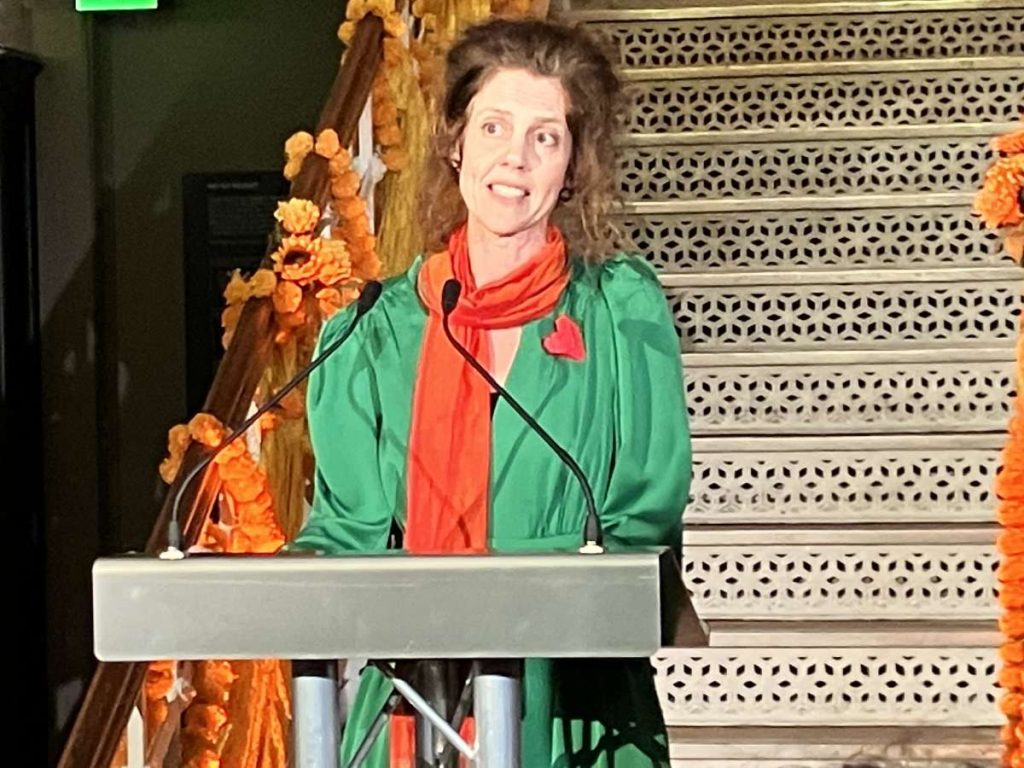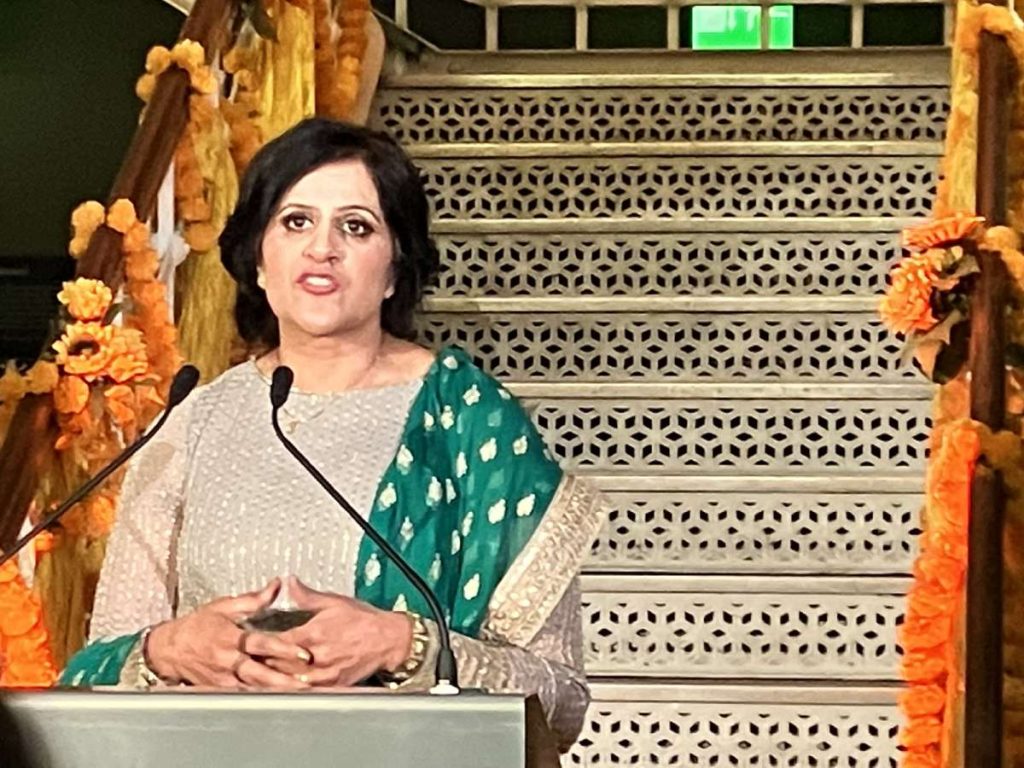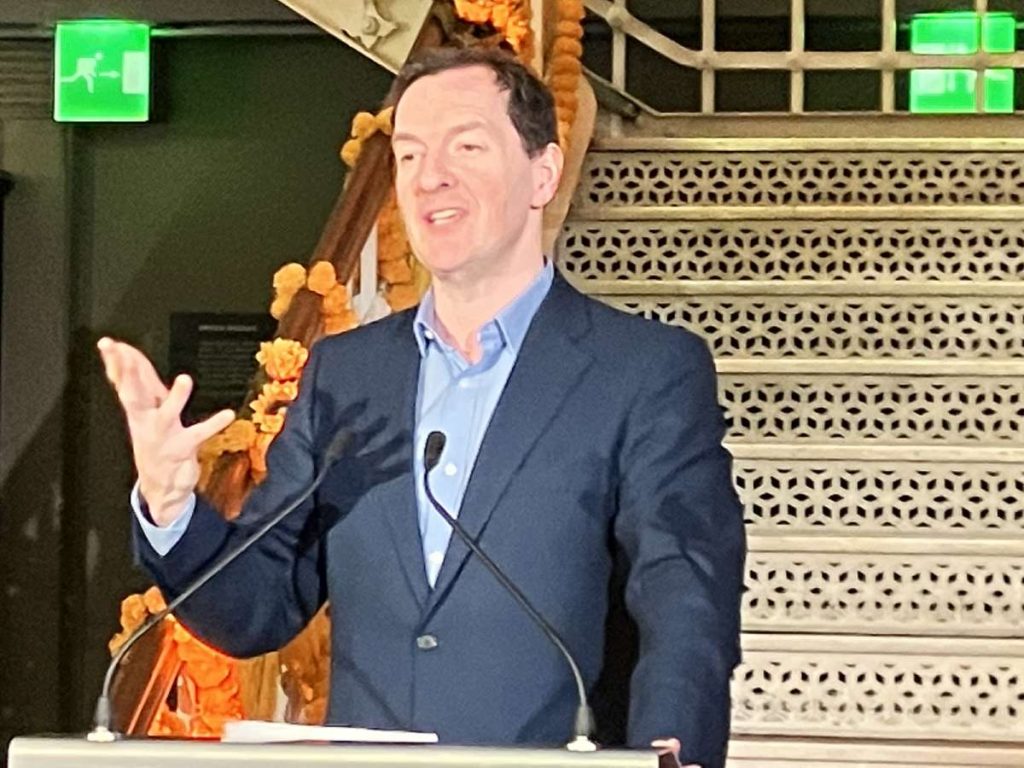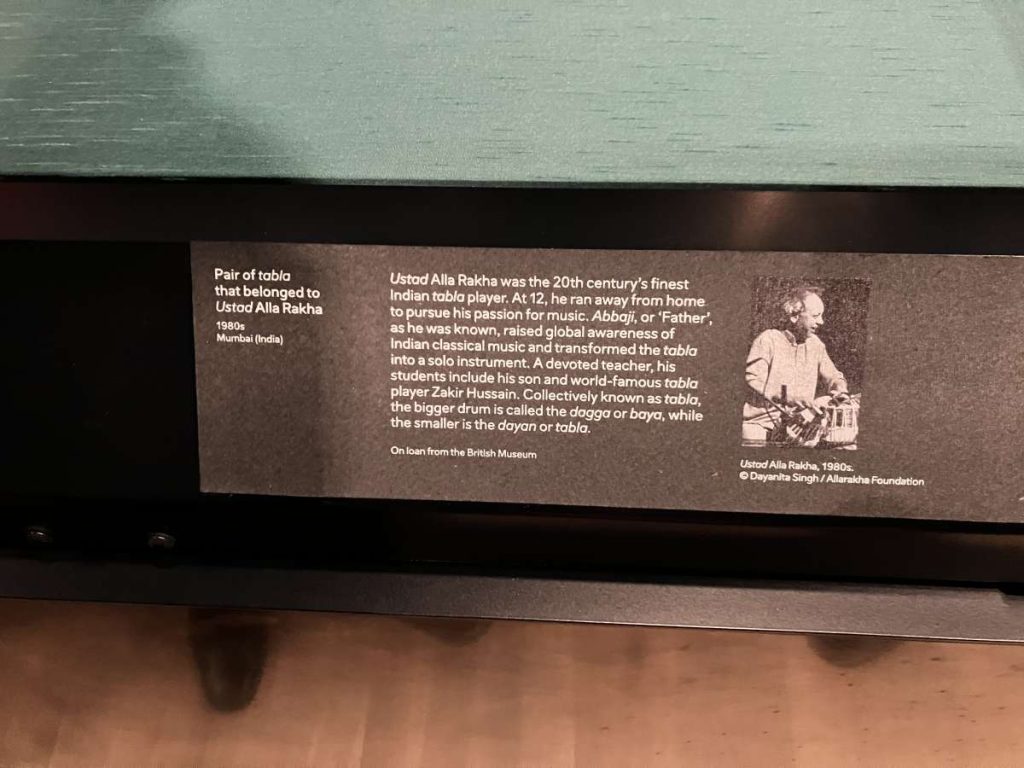
Following its £15 million transformation, Manchester Museum reopened its doors recently with the aim to build greater understanding between cultures, a more sustainable world and to bring to life the lived experience of diverse communities through the Museum’s historic collections and new displays … Rahul Laud reports
With pomp and fanfare the Manchester Museum reopened in the presence of community leaders, artistes, regular museum visitors and for Chancellor at the Exchequer George Osborne.On the occasion of the reopening , Esme Ward, Museum Director of Manchester Museum, said: “The reopening marks a huge moment in Manchester Museum’s rich history as we open our doors following a major transformation. We have extended the building, making room for more joy and learning and evolving into the Museum Manchester needs. Beautiful new galleries and exhibitions will showcase the best of the Museum’s historic collections, as well as addressing the urgencies of the present day and highlighting the complexities of our world. We have also listened to advocates with lived experience, and inclusive new spaces and features are incorporated throughout. We are delighted to welcome our visitors back.”

Exciting new galleries include the South Asia Gallery, a British Museum partnership, and the UK’s first permanent space to explore the lived experience of South Asian diaspora communities. There is also a new Lee Kai Hung Chinese Culture Gallery, the Belonging Gallery, a brand new Dinosaur display and Golden Mummies of Egypt, its first blockbuster exhibition opening in the new Exhibition Hall.
Designed by Purcell, the modern two-storey extension houses a major new Exhibition Hall and South Asia Gallery, alongside a new accessible entrance from Oxford Road and a new cafe and shop. The extension is clad in green-glazed terracotta tiles and pays homage to craftsmanship as well as Victorian and Edwardian period buildings in Manchester. Other new features include a Changing Places toilet, prayer room, quiet room, picnic area and therapy room.

Exhibition Hall
The Exhibition Hall is home to ambitious shows that explore past, present and future and engage with global and local narratives. The opening exhibition, Golden Mummies of Egypt, offers visitors unparalleled access to the Museum’s world-class Egypt and Sudan collection and challenges Victorian narratives of ‘ancient Egypt’ through new research from the University of Manchester. Featuring more than 100 objects and 8 mummies, the UK debut, and final destination of the exhibitions running follows a hugely popular tour across USA and China and presents a rich perspective on beliefs about the afterlife during Egypt’s Graeco-Roman Period (332 BC -395 AD), with highlights including elaborately decorated mummies known as ‘Fayum Portraits’.

The South Asia Gallery, a British Museum partnership, is the first permanent gallery in the UK to celebrate the lived experiences and contributions of the South Asian diaspora. Co-curated with the South Asia Gallery Collective, a group of 30 individuals including community leaders, educators and artists, the gallery explores the connection between South Asia and Britain and the legacy of Empire alongside contemporary South Asian culture and creativity, perspectives that have not been presented before. Divided into 6 anthologies, the Collective has grappled with a range of subjects through 140 artefacts, including one of the collective’s great-grandfather’s World War I uniform, a rickshaw imported from Bangladesh and decorated Communities in Manchester, a new commissioned mural from British artists, The Singh Twins – an emotional map of South Asian diaspora experience – and a Cartier brooch containing a repurposed carved emerald from the Mughal Empire. At the heart of the gallery is also a dedicated space for performance, film and participatory activities. Ustad Allah Rakhan’s original tabla loaned from the British Museum is a huge attraction for Indian classical music lovers.
The Lee Kai Hung Chinese Culture Gallery highlights personal stories of migration, friendships and collaboration to inspire empathy and build understanding. Developed in partnership with the University’s Manchester China Institute, it draws on historical and contemporary links between Manchester and China.

One of the Museum’s most visited exhibits, the prehistoric giant Stan the Tyrannosaurus rex, returns alongside a new addition, April the Tenontosaurus. The Museum worked with a team of Earth Science students from the University of Manchester, whose new research and several years of cataloguing have allowed April’s skeleton, dating back to the Cretaceous period and found in Montana, USA, to stand on all fours again. Positioned next to the historic Fossils Gallery, the brand-new Dinosaur display also teaches visitors Palaeontology enthusiasts will learn what it means to think like a palaeontologist at the brand-new Dinosaur display next to the historic Fossils Gallery.
The new Belonging Gallery captures the welcoming spirit of the Museum, drawing upon the Museum’s collections and diverse cultural perspectives to reflect on what it means to belong.

There are also stories that include the climate migration of the first people to Britain during the last Ice Age and the poignant story of a Syrian refugee’s life jacket, collected in 2017.
The gallery has been curated by Alexandra P. Alberda, the first-ever Curator of Indigenous Perspectives at Manchester Museum. She was appointed to take forward the innovative ‘Indigenising Manchester Museum’ programme, funded by the John Ellerman Foundation, which sets Indigenous perspectives at the heart of the Museum. She is also undertaking provenance research with “source and diaspora communities” as part of the Museum’s proactive approach to repatriation.


